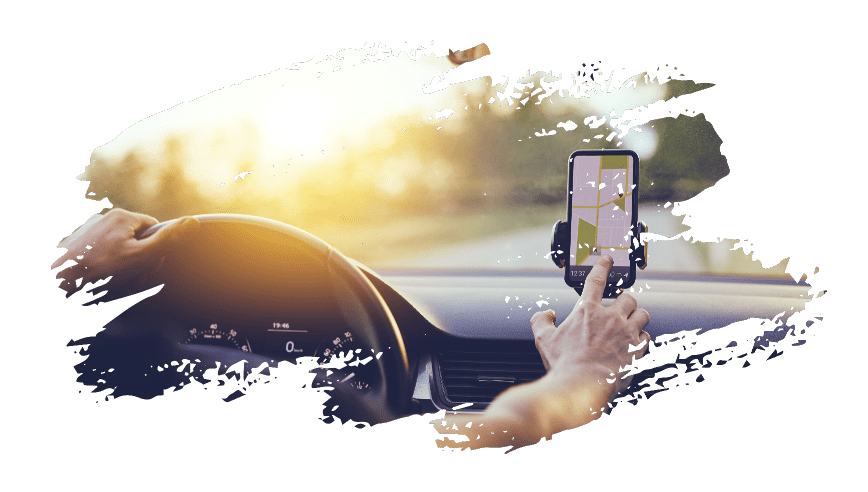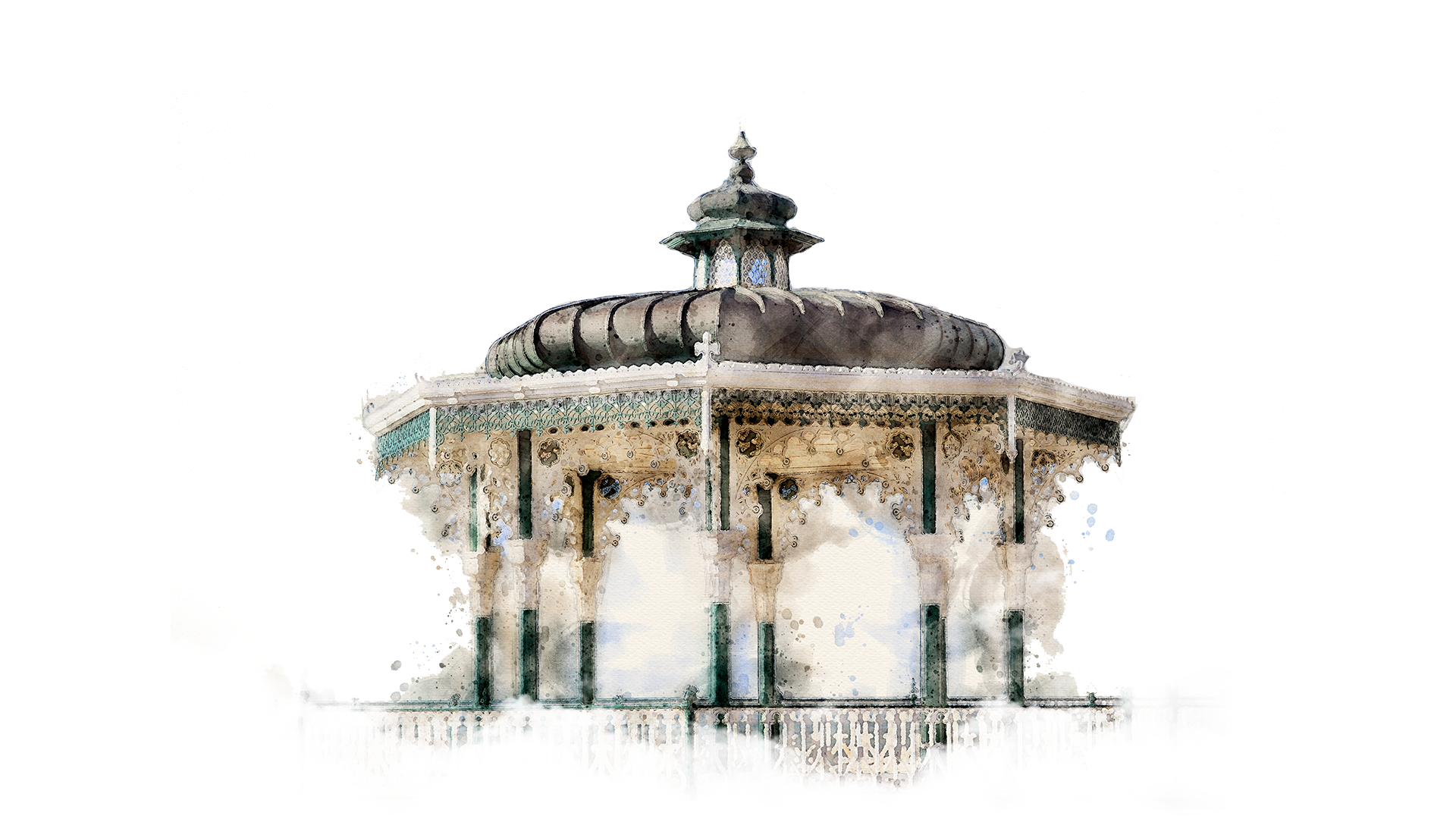

Digital Tourism is a term that might not sound alien to many but still needs exploration due to the phases the travel industry has gone through. Integration of new technologies in the tourism sector and the use of digital tools to plan, manage, organise, and even enjoy the entire travel experience is Digital Tourism. Here, we use multiple tools of digital transformation to totally change how we travel and how the overall sector operates thereby impacting tourism and the experience offered. It’s a great opportunity for business operators to have a new archetype that changes not only the rules of the game but the tourists themselves and the way they think about travel.
Before the internet and technology, planning a holiday was majorly involved through word-of-mouth recommendations, well-thumbed guidebooks, or for better planning visit to a local travel agent. With massive breakthroughs in technology and high-speed internet, travellers could check and book their flights and hotels online, choose the best suitable accommodation, or check reviews on the internet. Recent digitalisation has offered a choice in a big way and increased the number of travellers more than ever before. In this age, we’ve become a generation of DIY travellers who can self-plan, and manage their travels with the aid of various digital tools.

To say the least, digital tourism is much more than reservations online. Digital transformation manifests itself along all phases of the journey, following every step the tourist takes in his customer experience. The Internet has now become a significant aspect of the experience that every tourist uses when he or she decides to travel. From researching to purchasing, from writing reviews to publishing images, at least one of these things is carried out during their travels. As a traveller one can imagine for themselves how influential and extensive the digital arena can be when it comes to all these activities.
Digital tourism is more influential based on the different mobile apps like Instagram, TripAdvisor, Google, Airbnb, and alike. It’s all about experiences, reviews and ratings through live pictures on these apps highly motivate people to select their travel destination, plan packages, order food or visit to a particular restaurant
However, when we talk about the opportunities offered by digital tourism, we’re also referring to all the tools and trends made available by the digital transformation that can be used to further grow existing activities in the travel & tourism industry. Some of the technology trends that have revolutionised tourism are:
Mobile Technology : Today smartphones have become an integral part of almost everyone and these have communication devices, planners, google maps, restaurant locators, personal travel guides, and various other travel apps. Some of the crucial mobile technologies used individually or combined are:
Mobile apps : there are apps for different activities like a virtual tour of every destination, 360* street view, comparing air tickets and getting the best rates, offers and discounts on hotel reservations, charting route maps to estimate travel duration and distance, accessing digital keys, and much more. Today most companies have mobile apps to provide their offerings with just a few clicks.
QR codes : Scan a QR code and place orders at restaurants, access tickets for entry at most venues, redeem an offer or deal via codes have become a common practice. It has made travel and related promotions accessible with just a simple scanning mechanism.
Virtual Queues : Travellers can join the line without being present physically for hours. One can simply scan the QR code and wait for the intimation via a text when their time comes and get in. Disneyland or the Universal Studios where people line up for hours is one of the best examples of this.
Contactless payments : Going contactless at every instant is becoming popular even in the travel industry and so payments have also gone contactless. Due to the pandemic, there has been easy adoption of smartphone apps like Google Pay, PayTM, or RFID technology. These make transactions easier and more convenient
Internet of Things (IoT) : It’s a system of interconnected devices with unique identifiers which transfer data through a network without any human intervention. These improve the overall customer experience by eliminating frequent touchpoints, especially in the hospitality industry. Automation is provided through in-room tablets or mobile which control curtains, temperature, lighting, alarms, etc for superior comfort and luxury. If you have stayed at a tech savvy hotel during your travels, you will know what this is.
Chatbots : These bring about human conversation through phone and text interactions. These are available 24/7 and guide every query a traveller is having before or while their entire travel phase. Most travel websites offer a chat assistant as part of their customer service experience. They are available on travel websites to help you instantly with your queries, reservations, weather information, ATM locator and much more, vvailable anywhere, at any time, and in any language.

Virtual Reality / Augmented Reality : AR/VR technology is becoming increasingly popular in recent times where one can experience a travel destination or hotel before booking or paying for their tour. Many travel companies are opting for this technology to provide virtual tours to their prospects for giving them instant confidence and give an immersive experience of “being there”. The factor that makes the virtual tour attractive to tourists is that new technologies are applied as a core part of that system such as 360 photos, 360 videos, panorama photos and lots more. Some also offer a tour “at home” with a much lower cost than making the trip. For example, visitors can spend money to buy a virtual tour at the Louvre, instead of having to spend a lot of money to go to Paris and buy tickets to visit the museum. While VR is majorly used as a virtual tour guide, AR is being used by Google maps when one is having a walk around a destination. Live views and Street views are provided on maps or different apps which are AR-enabled. Most museums abroad now are adopting AR technology to add explanations of art pieces, display digital versions of artists next to their work and add a third dimension to displays, bringing objects or scenes to life.
For years tourist guides conveyed the significance of heritage sites. Now, tourists prefer digital based storytelling with videos, lights, sound, and music. Another example is the use of holograms which are the future where history will be enacted, and tourists will be transported back to the era of the heritage site they are visiting. Holograms can also be used in in portions of monuments that have been destroyed or stolen. This will let the tourist view the ruin in its original glory.
Technology and digital transformation have grown and impacted India’s economic growth positively even though the local travel agencies and older methods have gone. The World Travel and Tourism Council found that tourism generated revenue of rupees 13.2 lakh crore which is 5.8% of GDP and carried about 32.1 million jobs in India. It is also estimated that this industry will grow by 2028 to $512 billion and generate 53 million jobs by 2029. While digital tourism has increased overall travelling in India and abroad, the growth seen across new destinations, interiors and unexplored places is marvellous and is bound to become bigger and better.

For all enquiries, please fill in the form below. We will get back to you soon.